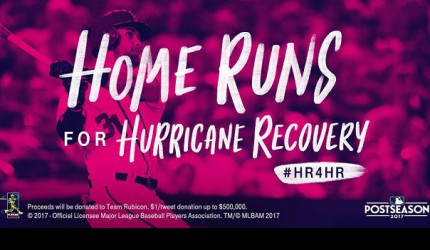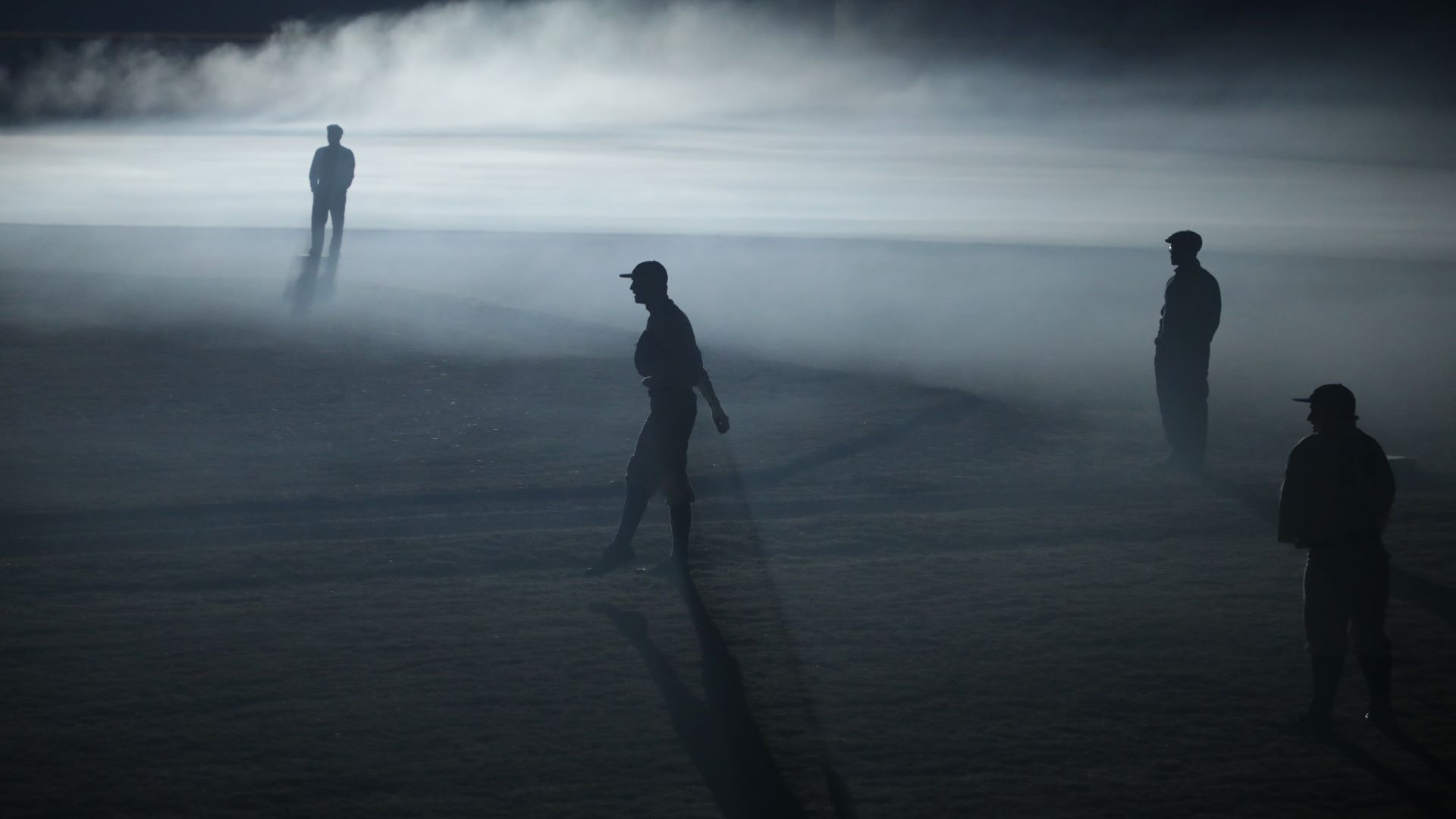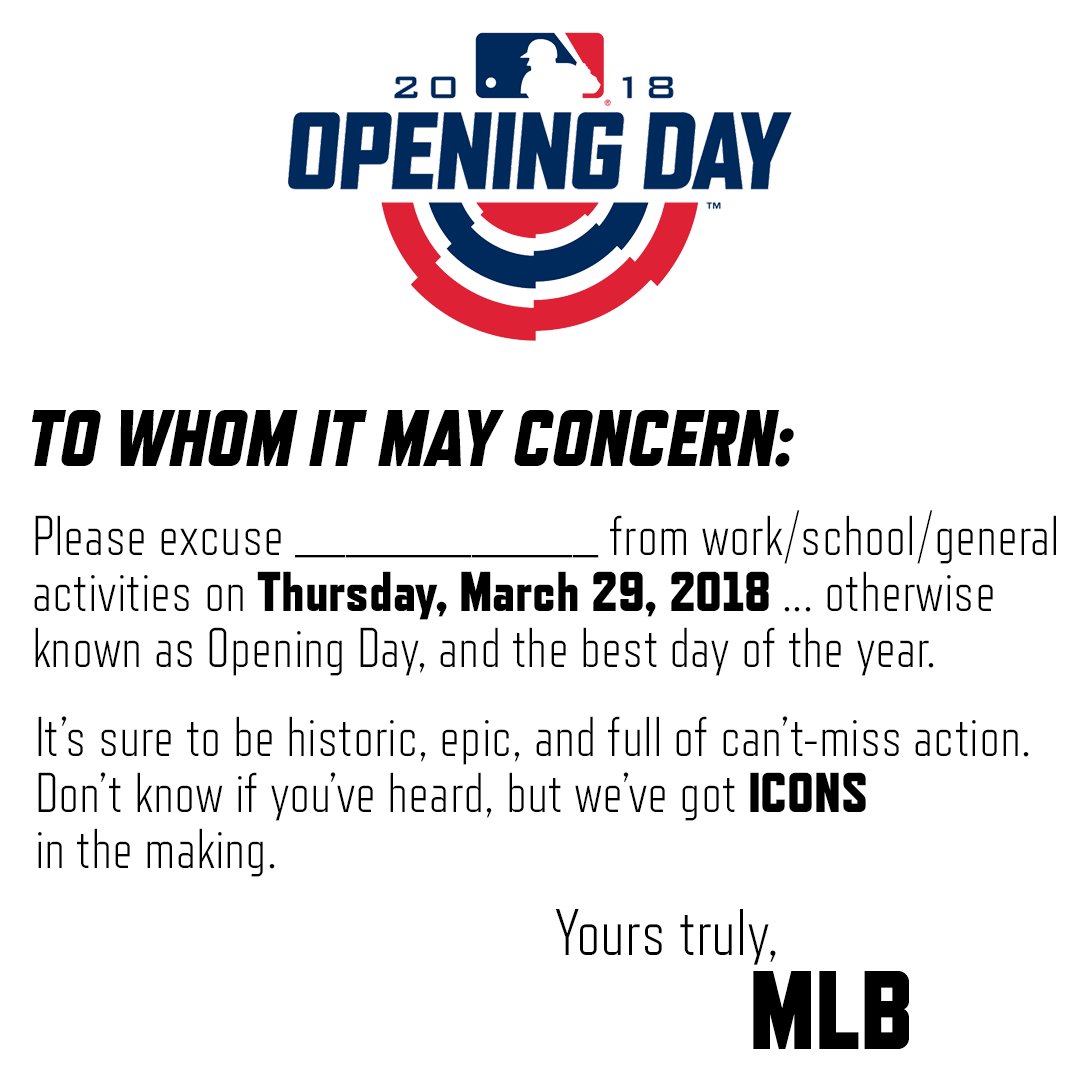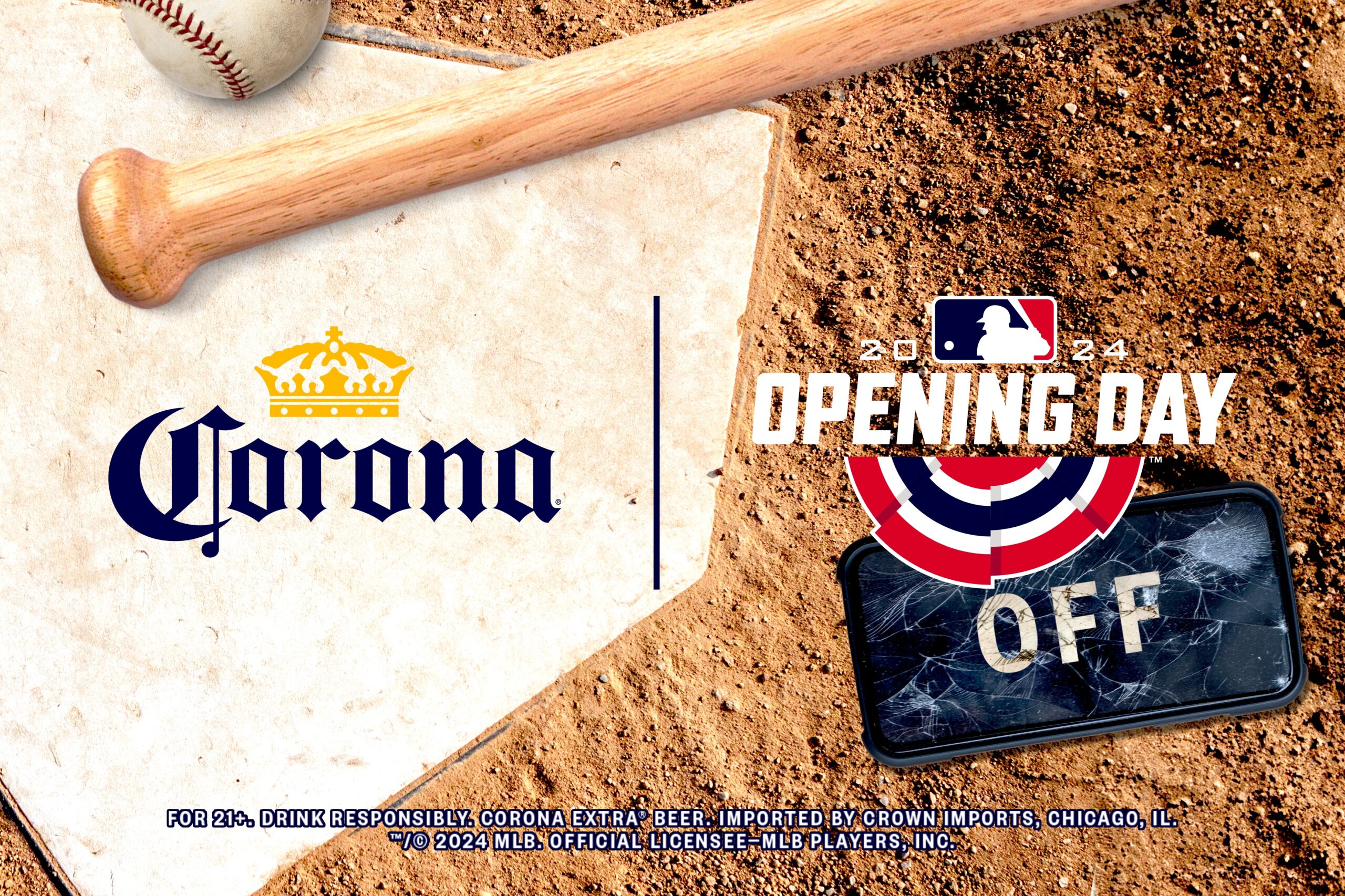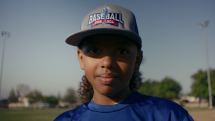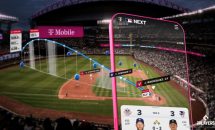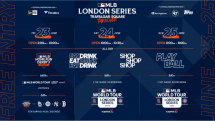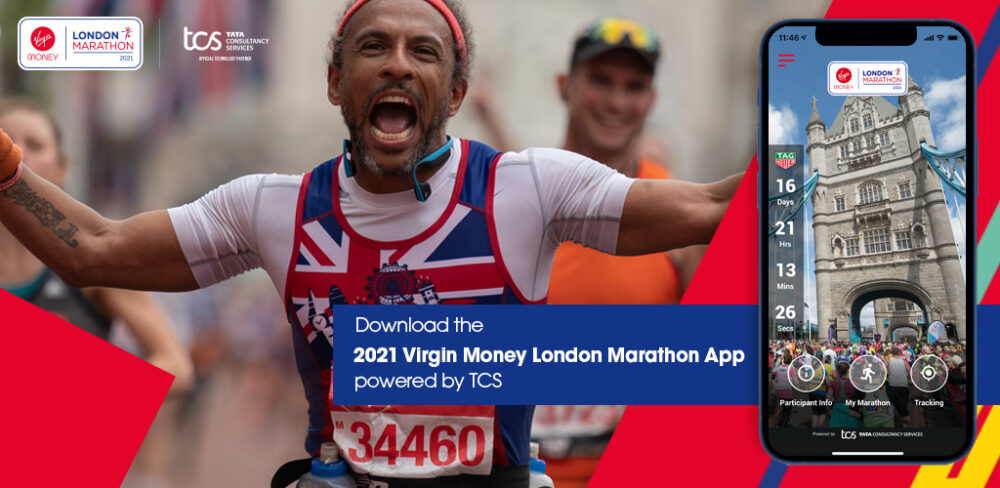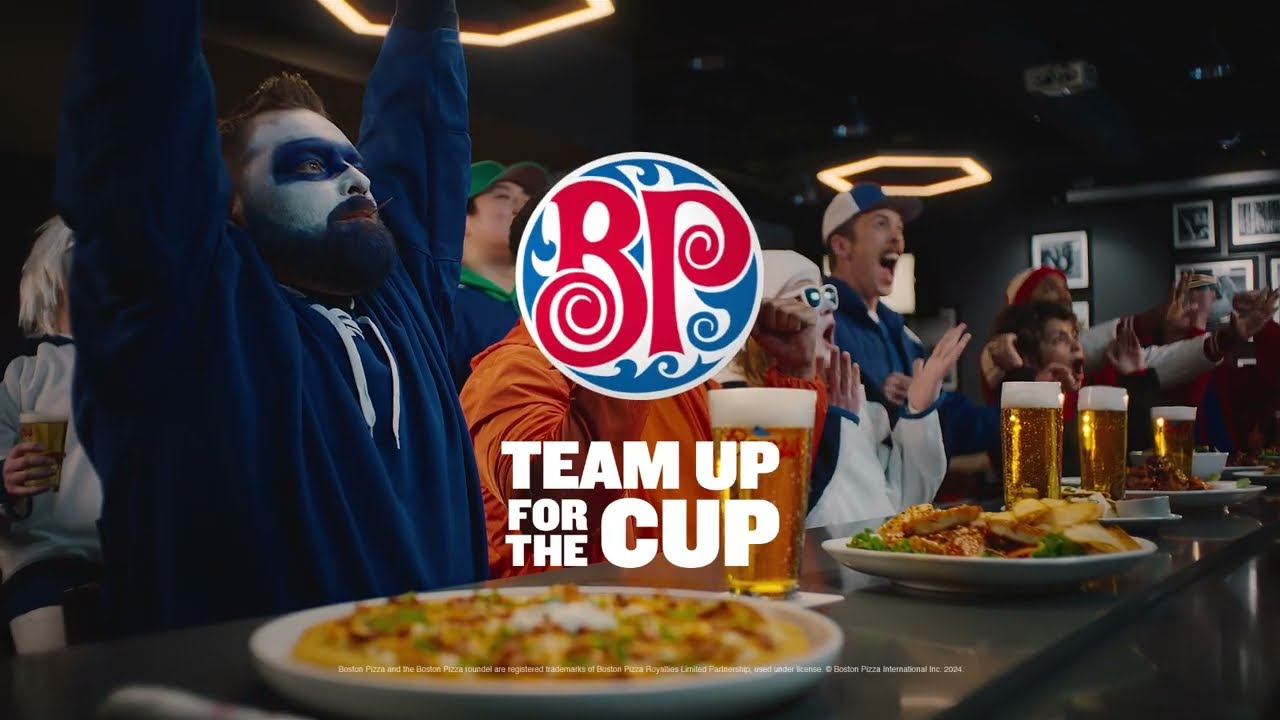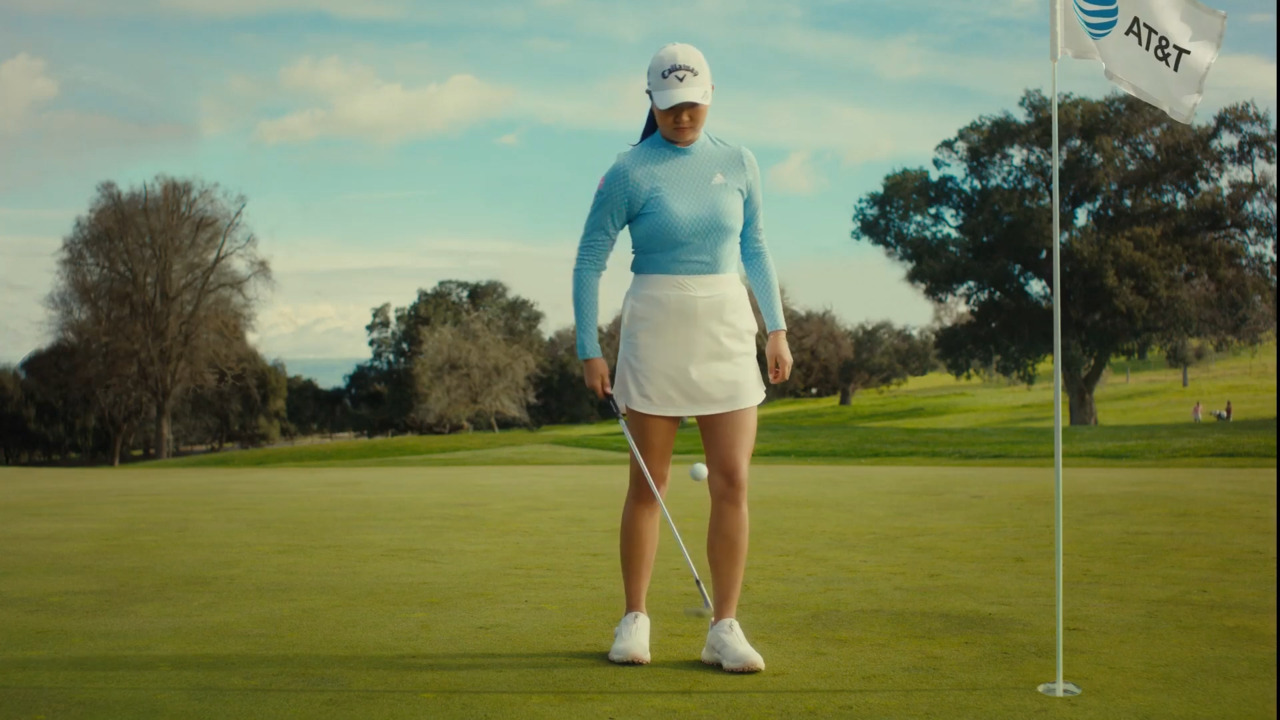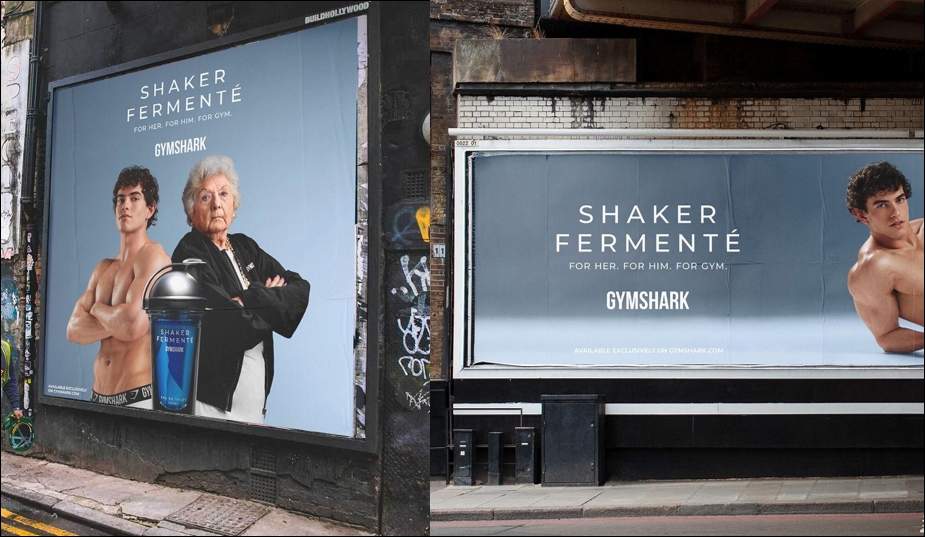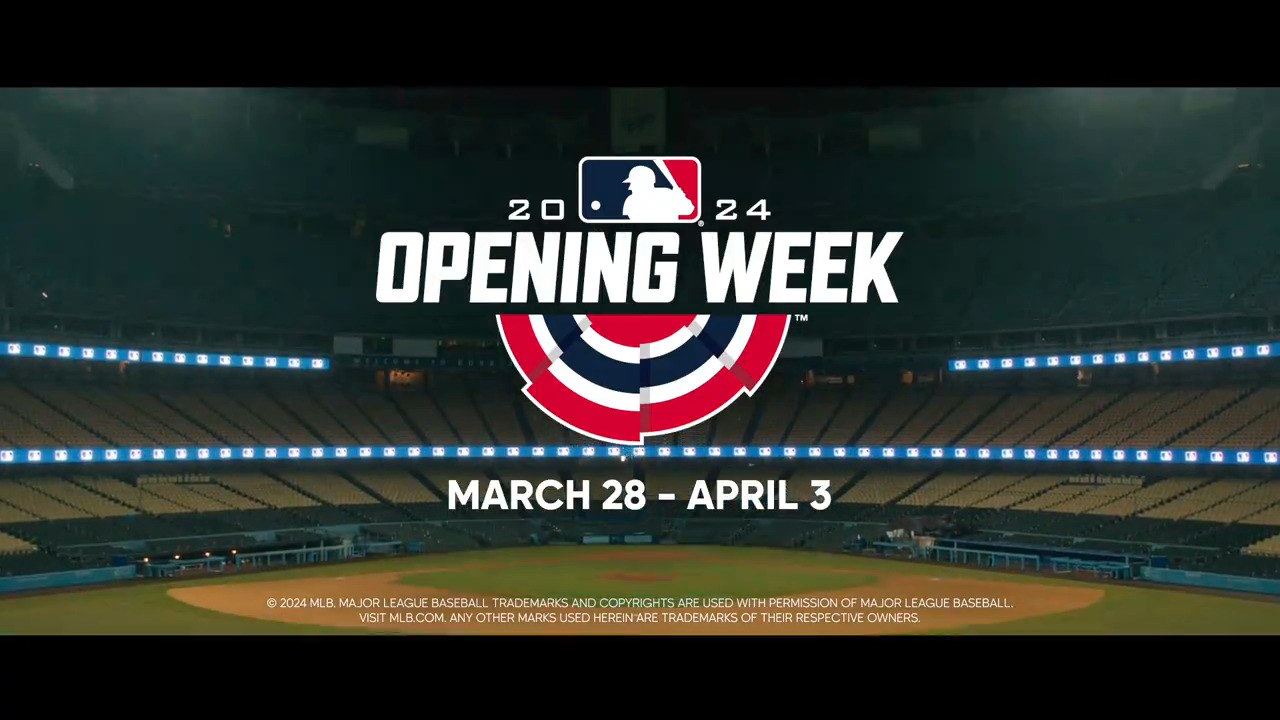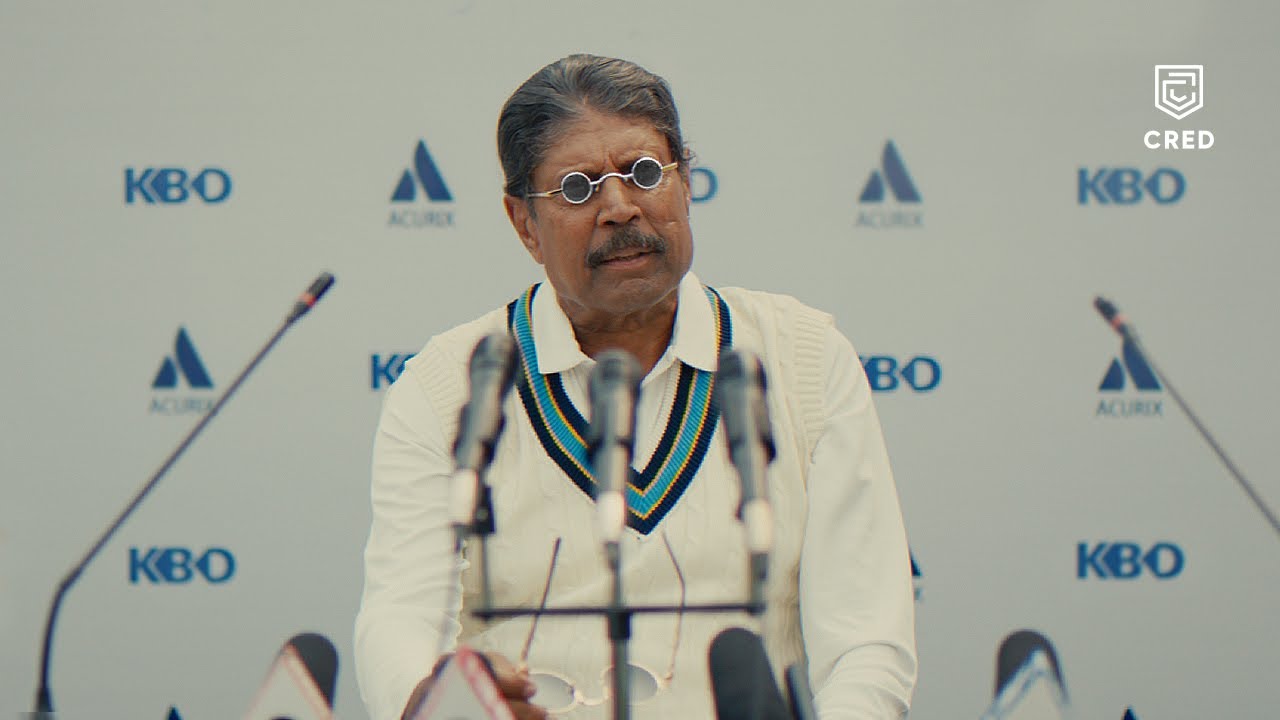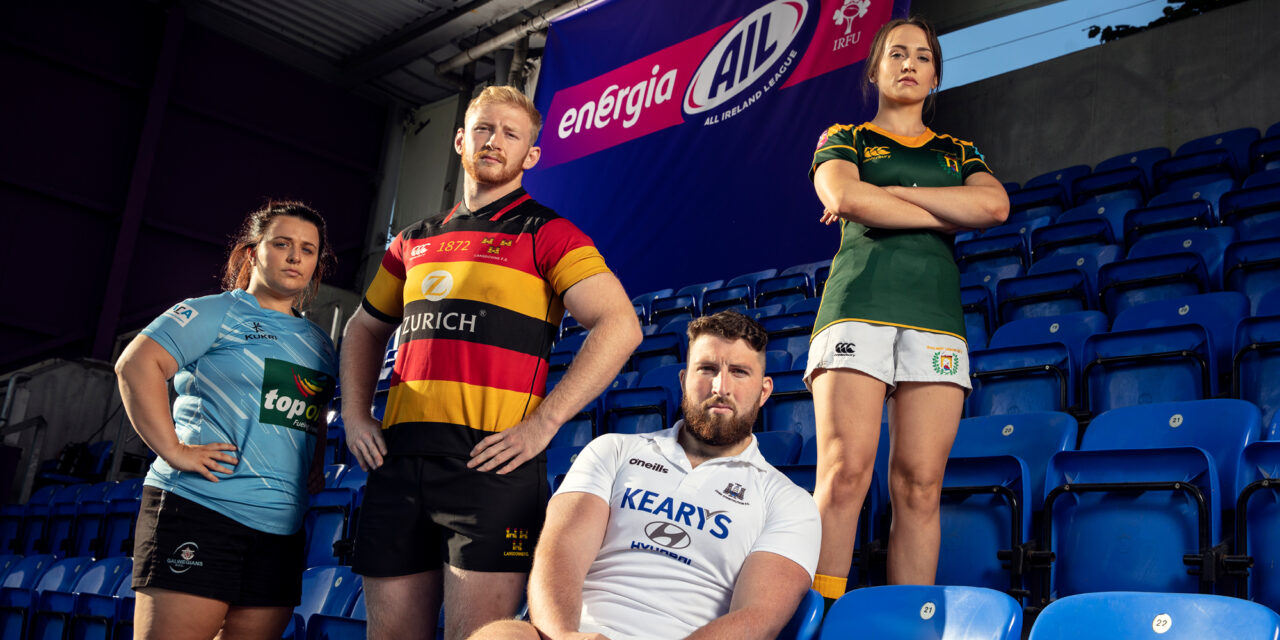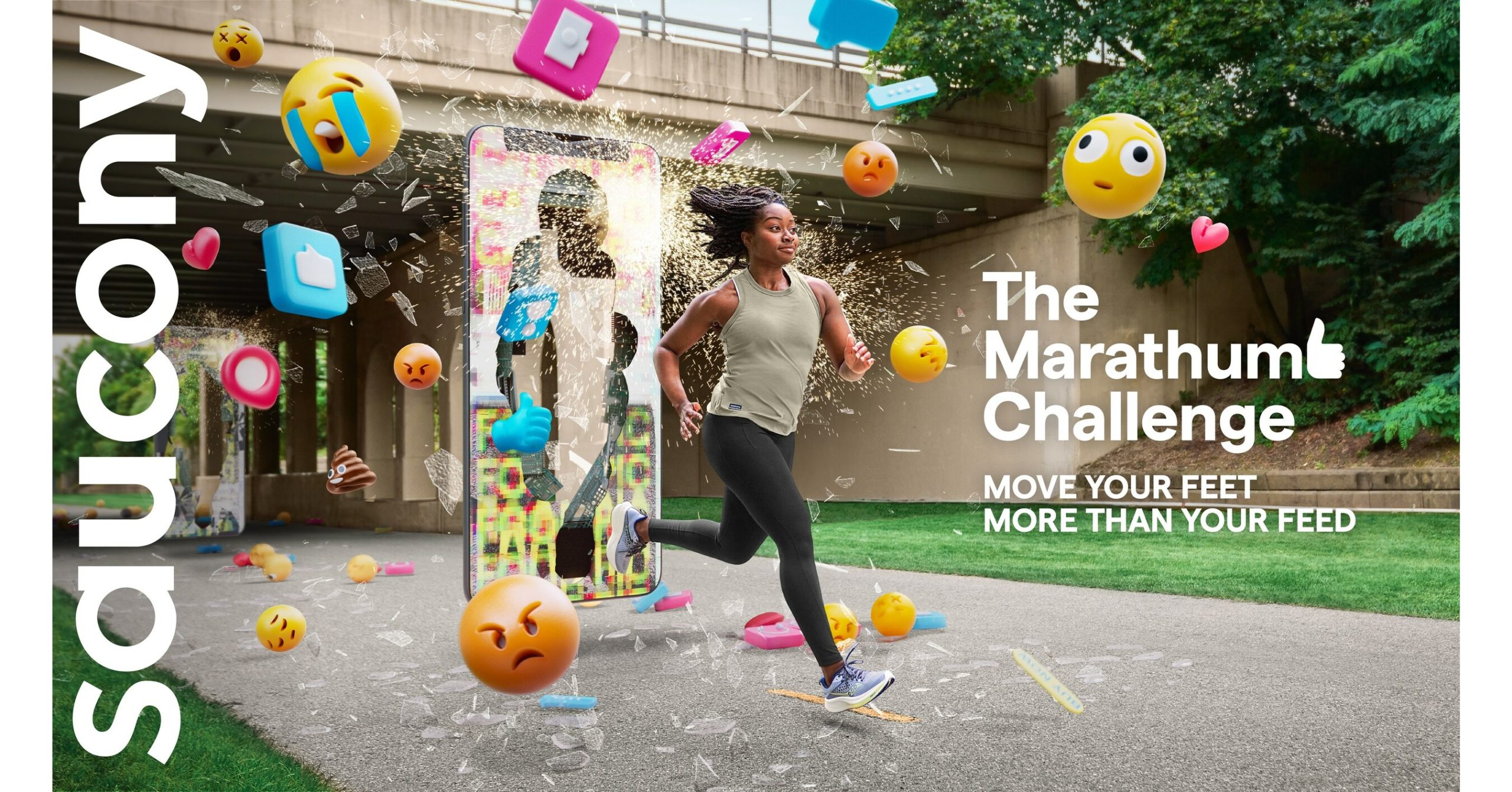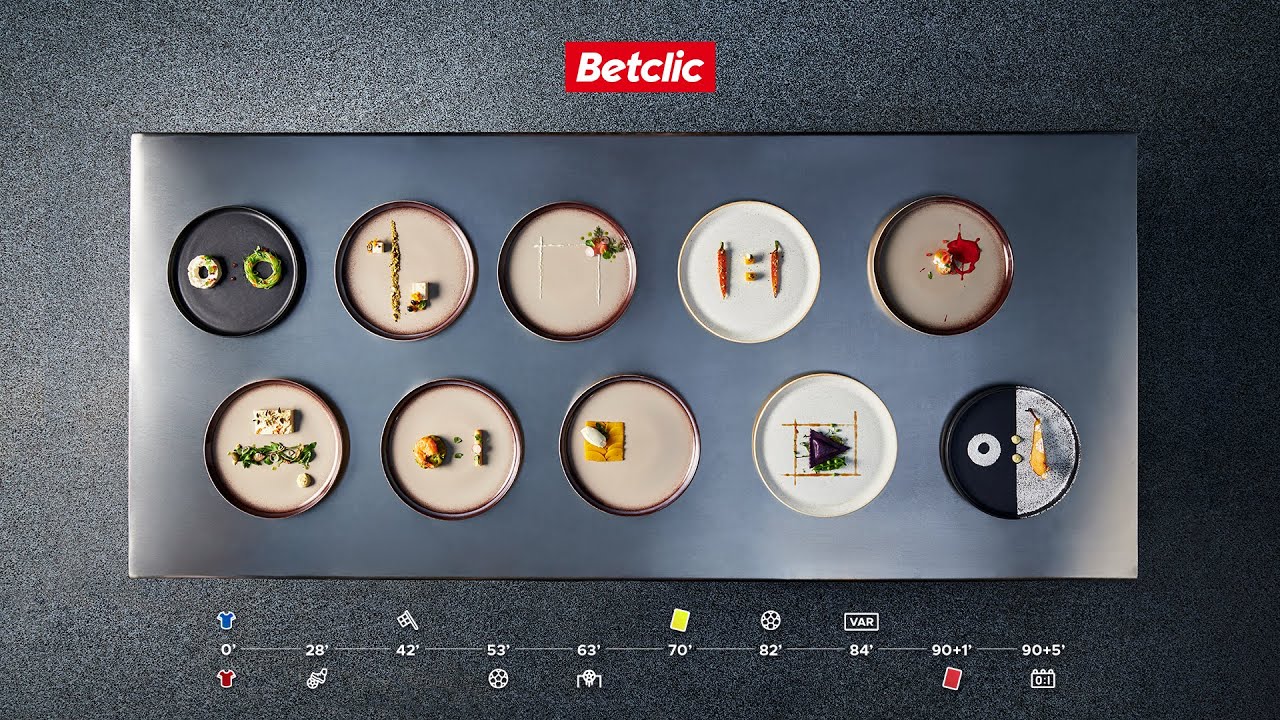MLB sponsor T-Mobile led the group of advertisers trying out Fox’s six-second commercial experiment during the 2017 World Series and results suggest that these new short-form spots boosted viewer engagement metrics like ‘brand recall’, ‘message recall’ and ‘likability’.
T-Mobile used the new microspot, six-second format to promote its hurricane relief initiative during Fox’s telecast of the World Series between the Houston Astros and the LA Dodgers.
These social media influenced, short attention span spots for T-Mobile aired in what is referred to as a ‘double-box format’ during natural breaks in the baseball action.
For example, when the Dodgers pitching coach strolled up to the mound in an attempt to sooth Clayton Kershaw’s fifth inning nerves in Game 5, a magenta-tinged window appeared on the right side of the TV screen and this contained a microspot reminding viewers to keep swinging/keep tweeting and of T-Mobile’s promise to donate $20,000 to Team Rubicon’s hurricane relief efforts for every home run hit during the series.
Swing, tweet, donate, repeat.
Keep tweeting #HR4HR all World Series and we’ll donate $2 per post and RT to @TeamRubicon! pic.twitter.com/G6lLyDX1f9
— T-Mobile (@TMobile) October 28, 2017
Every tweet counts
We’re donating $2 to @TeamRubicon (up to $500K) for every tweet and RT with #HR4HR pic.twitter.com/sn2p5WuYu5
— T-Mobile (@TMobile) October 27, 2017
While the campaign also ran across the brand’s social channels,
Retweet this post and tweet all World Series with #HR4HR and we’ll donate $2 each to @TeamRubicon toward hurricane recovery! pic.twitter.com/1GVU0sO8Ij
— T-Mobile (@TMobile) October 29, 2017
as well as on the in-stadium giant screen.
Whoa! Can you believe this #WorldSeries?! Congrats to @dodgers! & awesome job to both teams for hitting 3 homeruns! Another $60K added means more than $1.8M donated to @TeamRubicon so far!! Can’t wait to see what we get to during tomorrow’s game!! #HR4HR pic.twitter.com/cpsxa10j4s
— John Legere (@JohnLegere) October 29, 2017
Initially T-Mobile’s hurricane relief cause campaign saw the ‘un-carrier’ telco by pledge $10000 to Team Rubicon for hurricane recovery efforts for every postseason home run, plus an additional $1 every time consumers tweet using #HR4HR.
But for the MLB World Series itself, the brand doubled down and from Game 1 pledged $20000 for every home run and an additional $2 donation every time people tweet using #HR4HR, (up to $500,000 on top of the home run total).
“As the official wireless sponsor of MLB, we’re using our platform—on baseball’s biggest stage—to up our game and raise awareness for those hit hardest this hurricane season,” said CEO John Legere.
“It’s simple. We’re already donating more than $750,000 to Team Rubicon, and now, we’re adding an additional $20,000 per home run and $2 every time #HR4HR is tweeted during the World Series. So what are you waiting for? It couldn’t be simpler – tweet using #HR4HR to help our friends in Puerto Rico, Texas and Florida.”
T-Mobile teams across the US worked to support hurricane relief and recovery efforts, while in Puerto Rico T-Mobile mobilised planes and barges to deliver supplies, personnel and thousands of gallons of fuel to the island.
Much of this work was carried out in tandem with non-profit Team Rubicon: which offers veterans a chance to continue their service by helping and empowering those afflicted by disasters.
A review of the overall campaign can be seen here.
The metrics linked to T-Mobile’s six-second Fall Classic spots suggest they were twice as potent in recall and likability as the brand’s standard ads in prime-time general entertainment programming (according to Ace Metrix).
“It was hugely effective,” says Nick Drake, T-Mobile executive VP of marketing and experience.
In fact, Drake says that the brand’;s World Series mix of 6-, 15- and 30-second commercials resulted in the “most successful campaign we’ve run this year.”
“As a call-to-action, the six-second spots were a great efficacy,” Drake added.
“They ran in game-play situations where the network could break in without intruding on the action, and so people really seemed to pay attention.”
The telco company eventually donating around $2.6m on to the hurricane relief: around 50% of which is reported to have owed to the viewer-tweet strand promoted by the World Series spots.
Tweet and RT with #HR4HR all World Series and we’ll donate $2 to @TeamRubicon for hurricane recovery.
Let's keep it going pic.twitter.com/RhffWsWsTP
— T-Mobile (@TMobile) October 30, 2017
AMAZING #WorldSeries!! 104 home runs + more than 650K tweets = more than $2.5M donated to @TeamRubicon for hurricane recovery!! Incredible!! So happy we could help out this postseason & THANK YOU everyone for tweeting #HR4HR all month long!! pic.twitter.com/1OjVvJebJv
— John Legere (@JohnLegere) November 2, 2017
Comment:
It’s an expensive decision to invest so heavily for just a few short seconds of media exposure, but it seems that thus far the micro-spots are having an initially disproportionate impact on audience engagement and recall.
Brands that ran six-second spots during Fox’s World Series telecast, a small group that also included Duracell, are now being joined by others: for example, personal finance company SoFi and Disney have bought some of the nine six-second spaces Fox has made available for its Thursday afternoon coverage of the Vikings-Lions game.
More brands are now turning towards experimenting with Fox’s quick-play format – particularly for its upcoming Thanksgiving Day NFL broadcast – even though Fox is pricing the same as a 15-second commercial in a traditional break.
“We’re reducing one commercial pod in the game, and the goal is to have 54 seconds of interruption which will generate 135 seconds of revenue,” explained Lefkowitz.
“As always, we want to do everything we can to provide the best viewing environment for our fans and our advertisers. The biggest thing we found with the six-second units that aired in the World Series was that when you have a combination of the right length and the right environs, you can really have a huge impact on how your message comes across,” Lefkowitz says. “Given the lean-forward nature of live sports and the natural breaks that present themselves during baseball and football games, you clearly have an optimal environment—if you get the message right.”
Is this going to be a permanent new standard TV advertising format?
Is it long enough to genuinely tell a compelling story with craft, or deliver a rounded product message?
Does it cut down in commercial irritation?
Have viewers become so used to short form spots on social media (where six seconds is sometimes referred to as the ‘magic duration’) that the traditional 30-second and 15-second slots are going to be completely replaced by short formats?
Facebook recently stated that people scrolling through its News Feed on mobile devices watched video ads for 5.7 seconds on average once they automatically played.
Will they really lead to an overall reduction in the total commercial time that people sit through?
Certainly the US network television trend is leaning towards shorter commercials.
Nielsen data shows that in the first half of 2017, 36% of national TV ads were 15 seconds long and 49% 30 seconds (compared to an equivalent split back in 2014 of 29% of 15-seconds and 61% of 30-econds.
It was back in March 2016 that T-Mobile extended its partnership with MLB for a further three years.
The deal includes offering telco customers a full, free year’s subscription to MLB.TV Premium (America’s No 1 live streaming sports service), aas well as seeing T-Mobile act as the title sponsor of both the ‘T-Mobile Home Run Derby’ during All-Star Week and the ‘T-Mobile Junior Home Run Derby’ ( a new youth competition for boys and girls), as well as the creation of a new fan-chosen MLB award called ‘Tthe T-Mobile MLB Game Changer Award’.
This season saw T-Mobile run TV commercials through the regular season starring Bryce Harper and Andrew McCutchen.
Links:
T-Mobile
Team Rubicon
Fox Sports
MLB
mlb.tv
http://mlb.mlb.com/mobile/atbat

